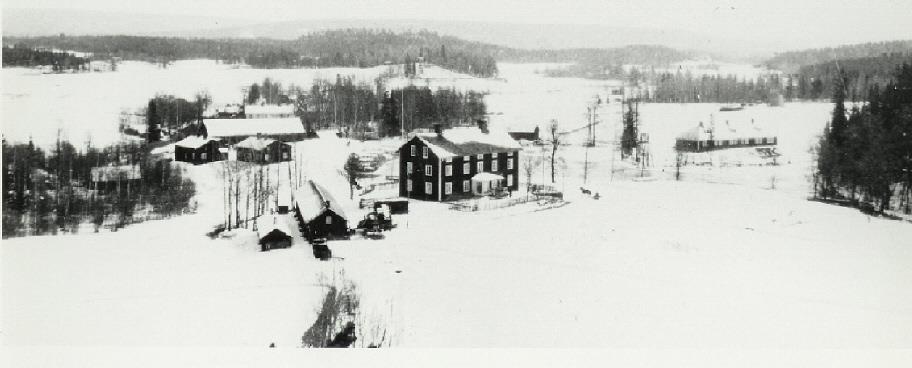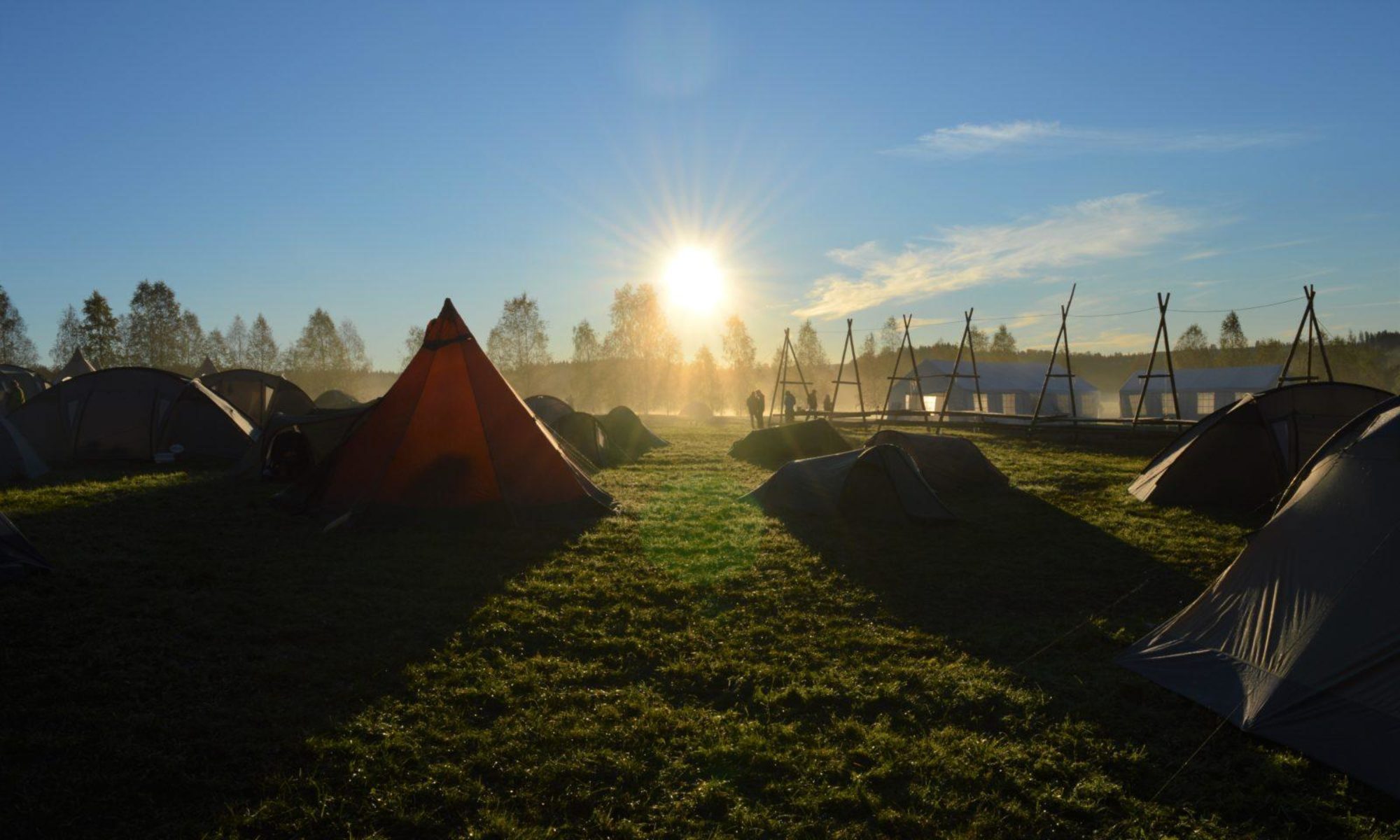From ironworks and papermill community to scout centre
Mayor Johan Börjesson of Karlstad had three tilt hammers constructed at each of the Ranån river’s three stretches of rapids. The first – the lower hammer – started up in 1646 and the upper one, at Ransberg, was granted its privilege in 1661.
Ironworking continued in the Ranån valley for 239 years, up until 1885. The waterwheel set the heavy hammers in motion while the forgers worked in the smithy with the iron and fire. The pig iron was transported from Bergslagen and the coal from the forests and, finally, the finished wrought iron was conveyed along the river to Karlstad and then on to Gothenburg, to be exported to other countries.
The tilt hammers were deactivated in the 1890s and now only the rapids, the ruins of the old smithy and the last hammer – erected as a monument in the park – remain to remind us of the glory days of the iron industry.
The immediate successor to iron was a mill for abrasive paper and a cardboard factory. That plant – located about 300 metres from the smithy buildings – was started up in 1890. By that time the waterwheels had been replaced by modern turbines. To harbour energy to drive the turbines, the Ranån river was dammed at its highest point. A dam facility was constructed and a pipe with a drop of about 30 metres transported the water to the factory.
This saw new life being injected into Ransberg. Rental housing was built and, up until the 1940s, a couple of hundred people lived in Ransberg’s industrial community. But this period too came to an end when the pulp and paper manufacturing stopped around 1940. Most people moved away from Ransberg, which then became an agricultural farm.
The then NTO scout association bought the Ransberg buildings in 1963 for use as a conference centre. Three hectares of land were included. Between 1963 and 1964 the wings were converted into sleeping quarters. The rooms in the Kavaljerflygeln wing were named after former Ransberg proprietors, while women who have figured here throughout the centuries have given their names to the rooms in the Frökenflygeln wing.
More land was subsequently purchased and the area now covers about 23 hectares.There is a little forested land but mainly large open fields for scout camps of up to about 3,000 participants.
When the NTO and IOGT scout associations were amalgamated in 1970, becoming The Temperance Guide and Scout Association (NSF), ownership was converted into a foundation with NSF as principal. That is still how the facility is run.


